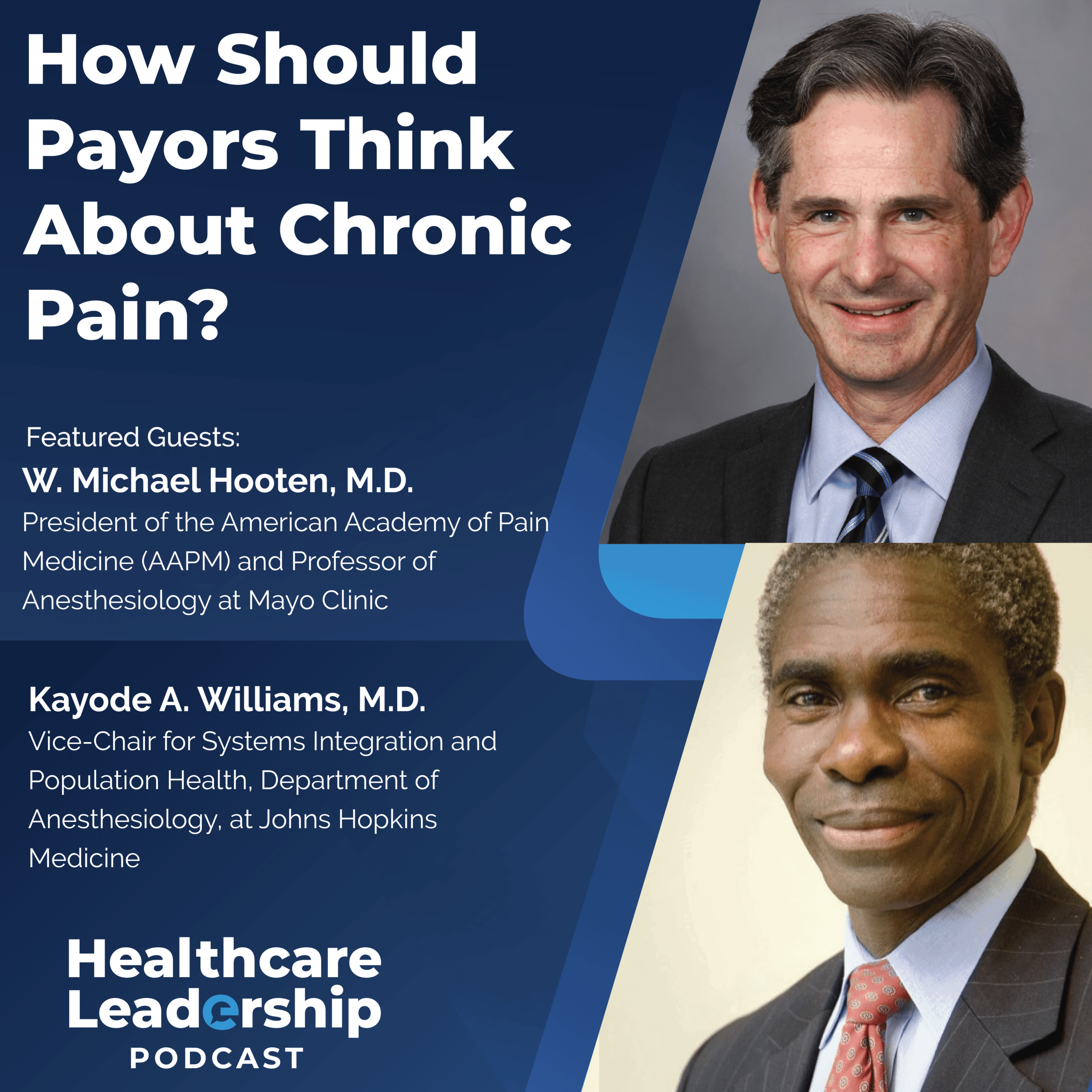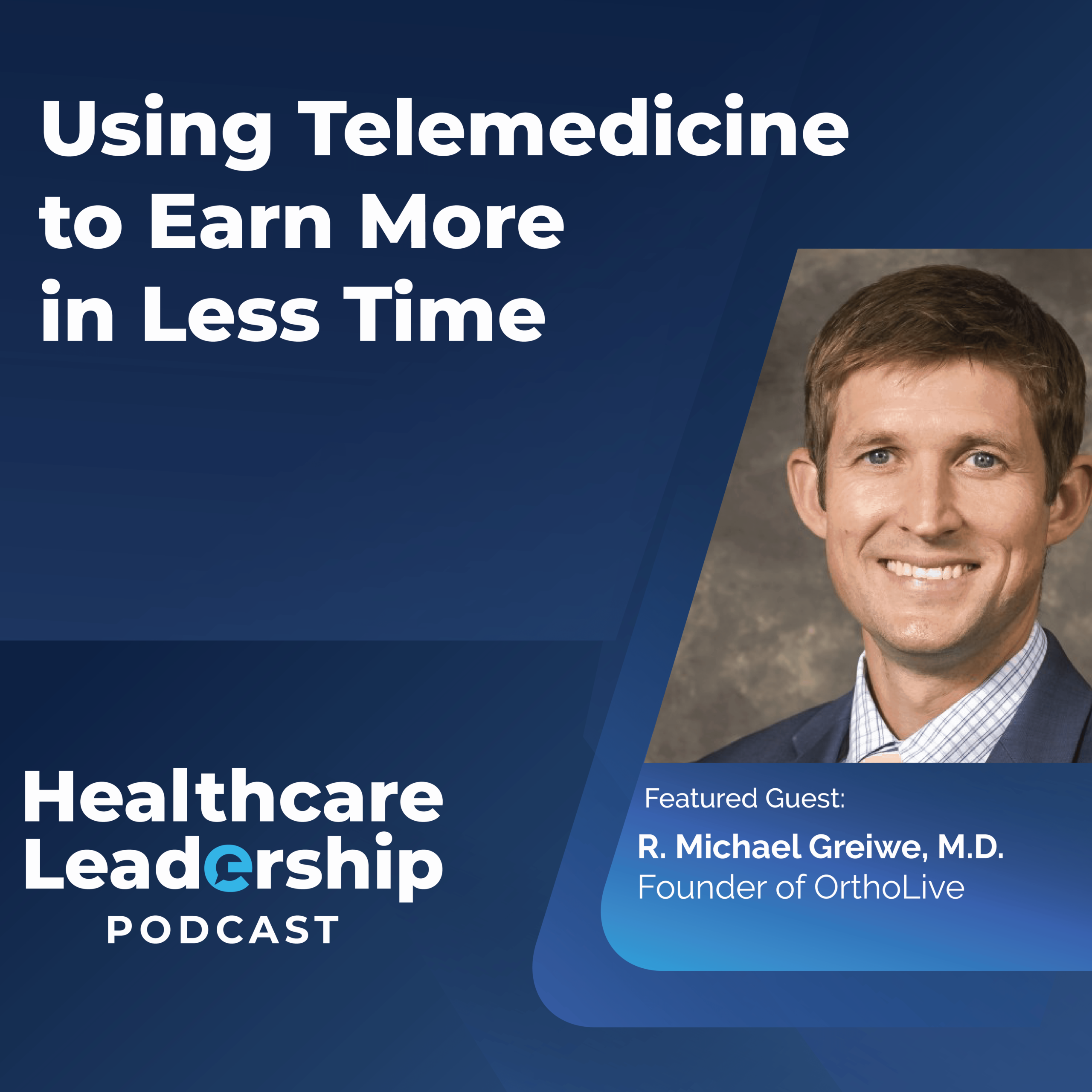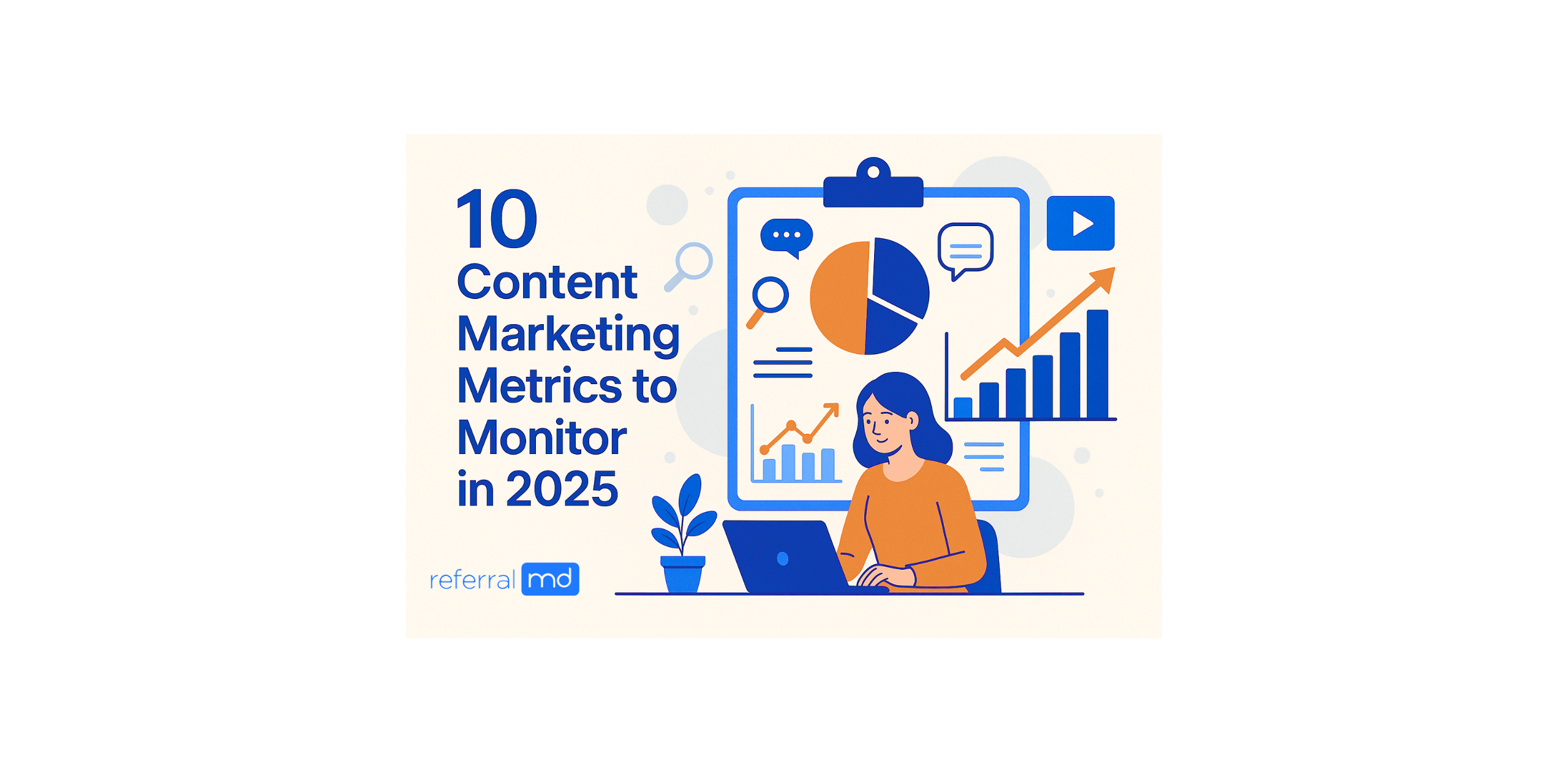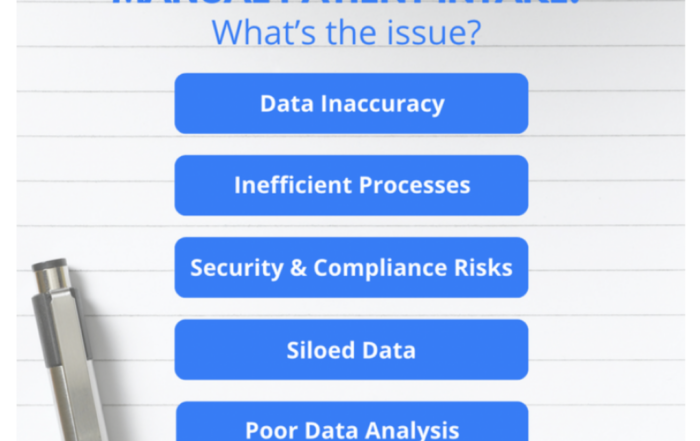By Iman Abuzeid, M.D.
One of the hottest topics in healthcare right now is patient engagement. Many believe that the only way to revolutionize healthcare is to have individuals take a prominent role in their own care. One of the tools commonly touted to assist in this initiative is the patient portal.
A recent study published by the California HealthCare Foundation which reviewed four popular patient portals including myGiesinger and Kaiser Permanente struggled to attach clear measurable benefits between using a patient portal and positive patient outcomes. Even without clear data points illustrating the benefit, providers who fully integrate it into their practice believe it revolutionizes their ability to personally connect and create a more loyal customer base.
Whether a providers’ goal is to meet meaningful use requirements, increase revenue, improve outcomes, or a mixture of all the above, there are myths that deter providers from fully embracing this opportunity.
Myth One: If You Build It, They Will Come.

Kevin Costner in Field of Dreams. Image Courtesy of Universal Pictures and Tristar Pictures
Unfortunately, the patient portal is not the Field of Dreams and your vendor implementing the solution will most likely not favor Kevin Costner circa 1989. The mere presence of an online portal is not enough to attract a customer base who is already overwhelmed by places to consume information.
The only way to get your patients involved is to provide information that is valuable in a method that is convenient and easy to use. By having 24-hour access to their own medical records and helpful information about their condition, a patient can review instructions multiple times. They can also do so with family members or caregivers, who can ask questions they forgot during the last appointment.
A true patient portal should ideally contain a few key features:
- Medical Records. The more information directly from the health provider the better. It should also include information like lab results, notes, historical information, and it should provide a way for the patient to add to their own medical record with statistics measured on their own such as blood pressure and glucose readings.
- Post Care Instructions. Many patients receive this information as they are discharged from the ER or from an inpatient stay. Oftentimes, the family and the individual are overwhelmed with information and the piece of paper that helps ensure that they have positive patient outcomes is shoved into a bag with medication instructions and important phone numbers. An online location to pull educational information and reminders when needed can have a huge impact on a patient following through on their care plan.
- Open Communication – A critical feature is the ability to ask questions directly to the care team from multiple devices, such as mobile or web, that can be answered when convenient. Instead of a patient needing to call the office and request to speak to a clinician, they can leave their question and the care team can quickly respond before leaving for the day. This saves time, prevents confusion about instructions and increases compliance with the care plan.
- Self Service Functionality. Enabling a patient to request a referral, ask for prescription refills, schedule appointments, and pay for services will decrease the need for phone calls to your own support staff. In addition, it makes it easier for a patient to manage their care when it is convenient for their lifestyle. It can also be used to store educational items like recipes for sugar free foods, how to recognize depression in patients with chronic disease, or access to helpful support forums that are specific to the patients’ condition.
Myth Two: Patient Portals Remove the Personal Touch of Care

Kaiser Permanente in Fresno, CA. Image courtesy of http://californianews.kaiserpapers.org/
Studies by Kaiser Permanente show that the increased usage of email through patient portals is linked to a 6.5% improvement in chronic disease management around blood pressure and cholesterol. This belief stems from the idea that using a portal increases the level of personal interaction that providers have with their patients.
For example, an individual can indicate their preferred method of communication. Perhaps receiving a text message reminder to make a follow up appointment is best suited for some while an email with a link to schedule a pre-op lab is better for others. In addition, continuous educational information provided throughout the course of care, especially for physicians treating chronic diseases, increases the ability to hold patients accountable.
In fact, the Rhode Island Beacon Program will be specifically focusing on targeting diabetes patients to utilize the patient portal because it is believed that it will allow for better self-management, education and accountability.
Finally, while it is difficult to connect patient satisfaction scores directly with using the patient portal, Kaiser has noted a definite increase in loyalty of 2.6%. This statistic can be seen as an indication of patient satisfaction after implementing patient portals because of increased direct access to their provider.
Software can also be used to automate the personalization and customization of critical information that patients need. This includes care plans, tasks to be completed at home, videos, educational articles, and more. Lift League, a mobile and web app used by practices nationwide is one example.
For those with chronic conditions or a potentially fatal diagnosis, there are usually a lot of questions and concerns. An individual often feels intimidated or rushed during the appointment. They forget to ask a critical question, or feel guilty about taking up so much of their clinician’s time. The patient portal increases the patient’s engagement, enabling them to ask as many questions as needed without feeling they are imposing on a care team. The care team can subsequently respond as time allows and point to resources that can provide clarity. The family members or caregivers can also review answers which eliminates the opportunity for critical information to be lost in translation.
Myth Three: Our Patient Demographic Are Not Inclined to Use Technology

Older people using smartphone. Image courtesy of http://www.geekinsider.com/top-10-smartphone-apps-for-the-elderly/
In today’s connected world, two-thirds of Americans have access to a smartphone regardless of their income level or their age bracket. While engagement in patient portals do tend to decline for the over 70-years old demographic, it only drops slightly and is more likely due to lack of engagement in general than the patient portal and technology itself.
The typical patient in their 60s is still very active in the work force and has been utilizing computers since they were first introduced in the 1980s. In fact, the Pew Research Center discovered that 71% of Americans over 65 access the internet daily. One practice in New Jersey was able to visibly note evidence of the increased usage of patient portal especially for patients that are hard of hearing who struggle receiving verbal instructions.
Instead of looking at patient demographics alone, it makes more sense to segment based on chronic disease management. These groups of patients are most likely to get the biggest value from a patient portal. They require frequent interaction with the healthcare system and the care team. In addition, patients that are undergoing complex treatment requiring in depth and consistent care management such as dialysis or chemotherapy, are also very active in patient portals.
Find ways to connect with that patient population in a way that is meaningful for them. Personally invite that patient and their primary care giver into the office outside of a normal visit and spend time showing the benefits of the portal. Or after their appointment, another member of the care team can describe how the portal can help the patient be more engaged in their disease management.
Myth Four: We Just Don’t Have the Marketing Budget to Roll Out a Patient Portal

Image courtesy of https://www.reference.com/math/big-stack-one-trillion-dollar-bills-33ca96606849304d
Luckily, studies show that the best way to ensure adoption is to enroll the patient during their initial office visit and set expectations that communication will happen via that platform. In fact, one third-party vendor noted a 13% increase in patient adoption if they were enrolled for the portal in the office during their first visit. All members of the practice interacting with a patient should have a consistent and simple message about how to access the portal and its benefits. The more that the normal workflow can be modified so that the portal is a required and beneficial integration, the more likely it is to be successful.
Truly, the best marketing tool is the provider being positive and excited while engaging with their patient. When there is a true champion of the portal that will excitedly engage the entire team and patient base, it helps ensure a patient feels comfortable utilizing it. The patient will also feel more comfortable asking their physician questions, and is more likely to look at the instructions and educational content in the portal.
Finally, keep in mind there is a large ROI by properly using a portal, independent of meeting meaningful use requirements. Many providers have an 80% retention rate on patients who registered for the portal within the first 30 days of their first visit. It helps form the basis of a long-term relationship developed through consistent communication. In addition, it results in fewer no-shows, a decrease in phone calls that need to handled by support staff, and a reduction in outstanding accounts receivable and bills going to collections. More patients pay timely and in full when using an online tool.
Myth Five: Patients Won’t Use the Portal Because of Security Concerns

Image courtesy of https://www.thisdata.com
While this may be a deterrent for some patients, it is most likely not a key driver for those not utilizing a portal today. A key component for meeting meaningful use is secure messaging. Remember that it was not long ago that people were reluctant to make payments on the internet because of security concerns. Ensure that your vendor completes appropriate security testing, has the necessary certifications, and makes information easily accessible to patients that are concerned. As long as the appropriate safeguards are in place, such as secure connections, encrypted passwords, and audit trails, this should relieve the concern.
A great check is to ask if the application has been certified by the Office of the National Coordinator for Health Information Technology (otherwise known as “ONC certified”). This ensures that strict protocols have been put in place that would not put your practice at risk if audited later.
Myth Six: Patient Portals Are Time Consuming

University of California David Health System. Image courtesy of http://www.ucdmc.ucdavis.edu/aboutus/
The University of California Davis Health System measured a decrease of 18.2% in call volume in a clinic that had implemented a patient portal. This indicates a decrease in time needed for administrative work. As soon as lab results are available, the patient can see them without having to call the office multiple times for updates. In addition, notes from a patient visit or phone call can be easily referenced. If an individual has a family member or care taker that supports them, they can also feel confident that they can go into the portal. They can see all the relevant information without calling the office to get a recap from a clinician.
It has significantly decreased the number of phone calls and follow ups. As a result, the California HealthCare Foundation indicates that physicians can increase the number of patients they see in a day by 11%.
Data from Lift League, a mobile and web communication app used by small and medium practices, indicates that practices who adopt the software save on average 4 hours per employee per week. Personalizing each email, paper handout, or verbal instruction is not only time consuming for employees, but also outdated modes of communication. Adopting an easy to use portal that automates the delivery of customized information can lead to huge time savings, coupled with improved compliance and outcomes.
Myth Seven: Patient Portal Rollouts Have Been a Total Success

Image courtesy of https://www.fest300.com/
Multiple improvements enable the patient portal to fully meet its potential. First, there needs to be a more fluid way for health information to be shared across multiple practices. Many practices have their own stand alone portal that may not integrate with every specialist that an individual may need to visit. If data was shared more freely, care could be coordinated in a more organized manner and could eliminate duplicate services being provided. In addition, having the entire patient history logged in one place would allow for better tracking and trending over time. This is usually not feasible because each portal will only contain information relevant for the service being provided by that practice.
In addition to a more enterprise wide portal, including more details in the portal would be helpful. The medical record notes, including medications, summaries, and lab results provides more medically relevant information. While some claim that this causes more confusion, Kaiser Permanente patients have seen a marked increase in patient outcomes by as much as 11% for those with chronic diseases such as hypertension or diabetes although there is not an understanding as to the exact connection. It is believed that continual communication ultimately leads to a patient being more compliant to their treatment plan.
Now What?

University of Pittsburgh Medical Center. Image courtesy of upmc.com
At minimum, a practice that is successful at getting 5% of their patient population on the patient portal qualifies for meaningful use incentive payments. But the patient portal’s proven potential is in increasing retention, revenue, patient satisfaction, and improving outcomes. Setting a goal that is more than the bare minimum needed to meet meaningful use requirements is the first step to realizing these immense benefits.
By ensuring that relevant information is in the portal and the care team includes a big advocate when working with their patients, a practice can successfully implement a patient portal. It can have high adoption rates regardless of patient demographics or marketing budget. A study at University of Pittsburg Medical Center showed a noticeable impact in communicating freely on non-urgent questions and empowering patients to take a larger role in owning their own progress and health outcomes. This is particularly the case when the patient population has a chronic disease, and the ultimate care plan involves behavior modification. This may ultimately be where the most value will be recognized by the usage of patient portals.
Iman is the cofounder and CEO of Lift League, a communication and content delivery mobile and web app that helps health and wellness professionals save time and improve outcomes.











